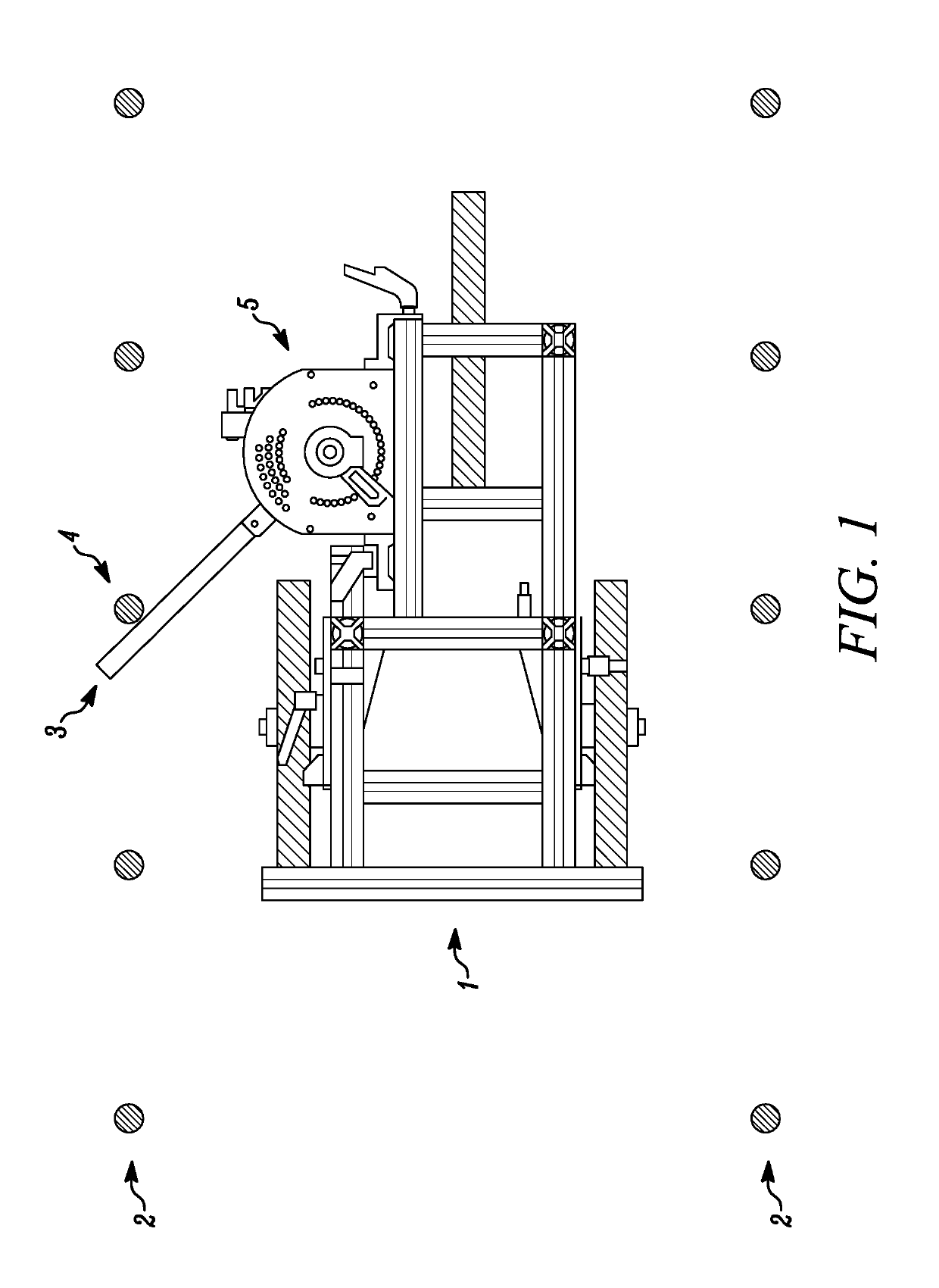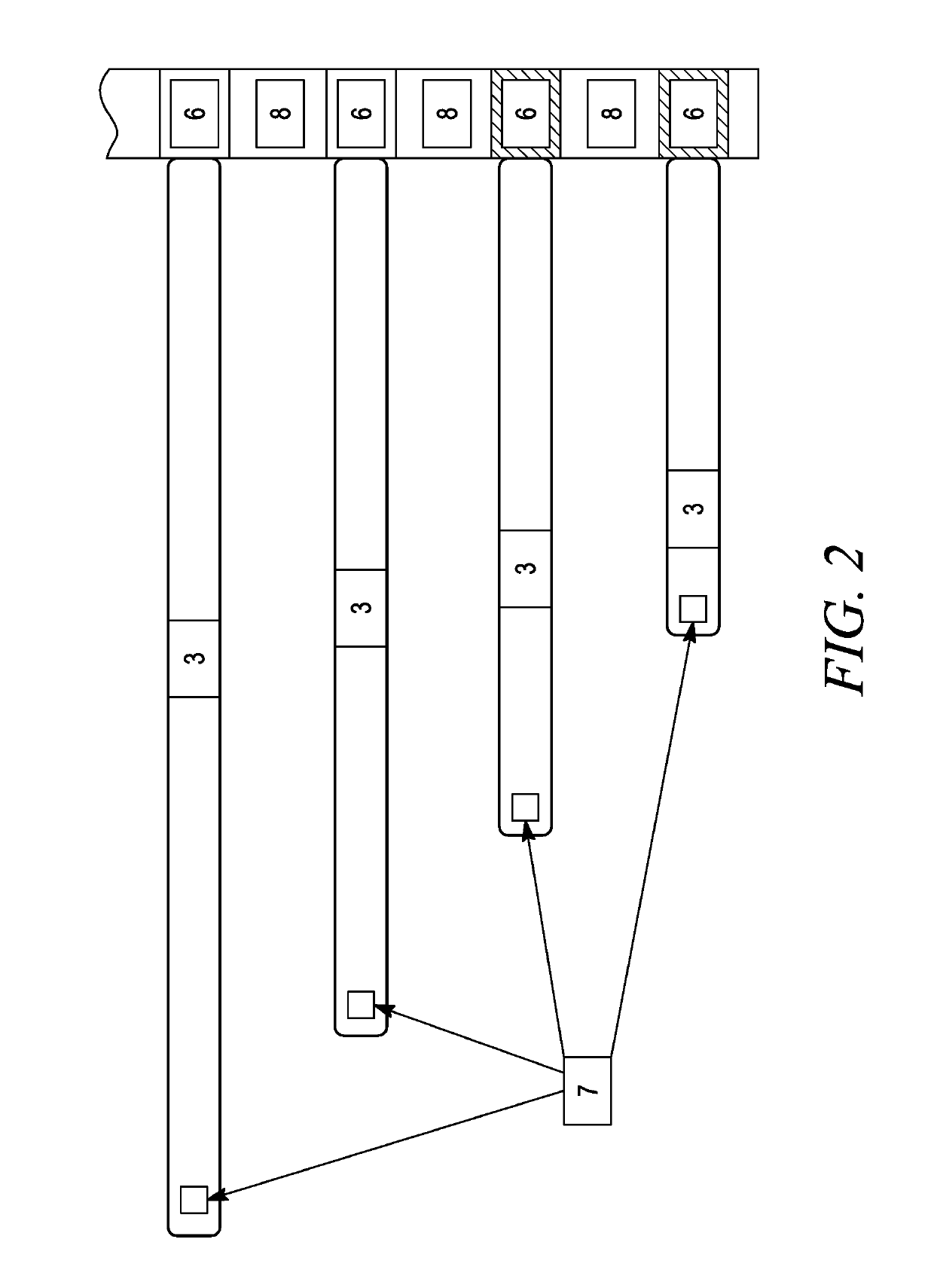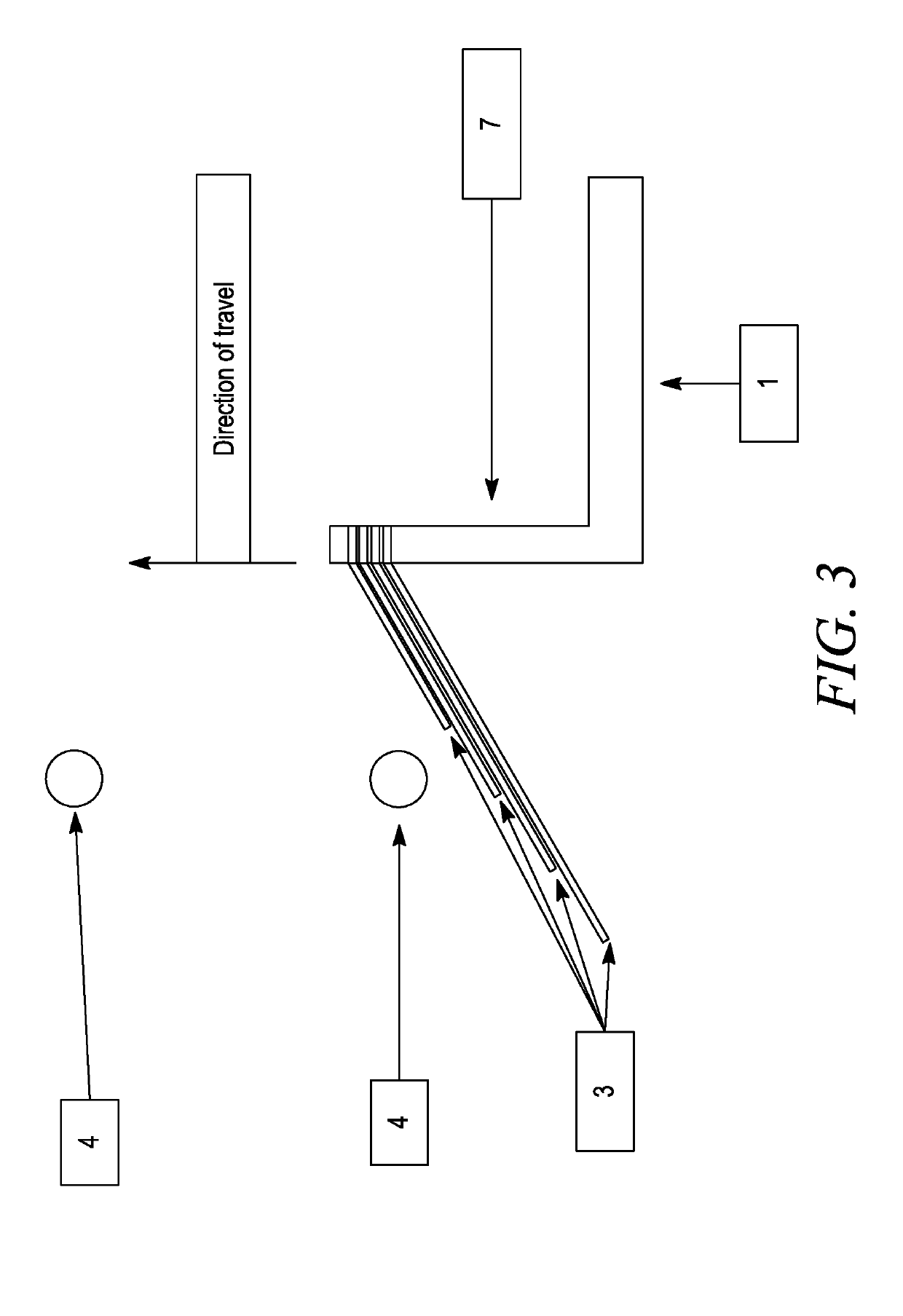Non-destructive stalk and root contact sensor with variable rate tensioner
a non-destructive, variable-rate tensioning technology, applied in the direction of material strength using steady bending force, instruments, applications, etc., can solve the problems of reduced electrical conductivity measurement, stalk damage, and infected stalks that are infected with fungal diseases
- Summary
- Abstract
- Description
- Claims
- Application Information
AI Technical Summary
Benefits of technology
Problems solved by technology
Method used
Image
Examples
Embodiment Construction
[0056]Stalk lodging is a significant concern of corn growers, and annual corn yield losses due to stalk lodging in the U.S. range between 5 and 25%. Severe weather is a major cause of stalk lodging. Hard driving rains in conjunction with strong winds can create strong directional forces that can cause stalk breakage. Insect stalk damage that weakens stalks, such as corn borer infection that tunnels into the stalk or ear shank, can be a sole or contributing factor to stalk lodging. Likewise, fungal diseases such as stalk rot can weaken the stalk tissue and can also be a sole or contributing factor to stalk lodging.
[0057]Hybrids vary in genetic resistance against insect damage and stalk rot organisms, and so hybrid selection can be a useful deterrent against lodging risk. Plant population levels can also influence the ability of a crop to withstand stalk lodging. Plant-to-plant competition for light, nutrients, and water enhances the competition for carbohydrates between the stalk and...
PUM
| Property | Measurement | Unit |
|---|---|---|
| size | aaaaa | aaaaa |
| angle | aaaaa | aaaaa |
| angle | aaaaa | aaaaa |
Abstract
Description
Claims
Application Information
 Login to View More
Login to View More - R&D
- Intellectual Property
- Life Sciences
- Materials
- Tech Scout
- Unparalleled Data Quality
- Higher Quality Content
- 60% Fewer Hallucinations
Browse by: Latest US Patents, China's latest patents, Technical Efficacy Thesaurus, Application Domain, Technology Topic, Popular Technical Reports.
© 2025 PatSnap. All rights reserved.Legal|Privacy policy|Modern Slavery Act Transparency Statement|Sitemap|About US| Contact US: help@patsnap.com



